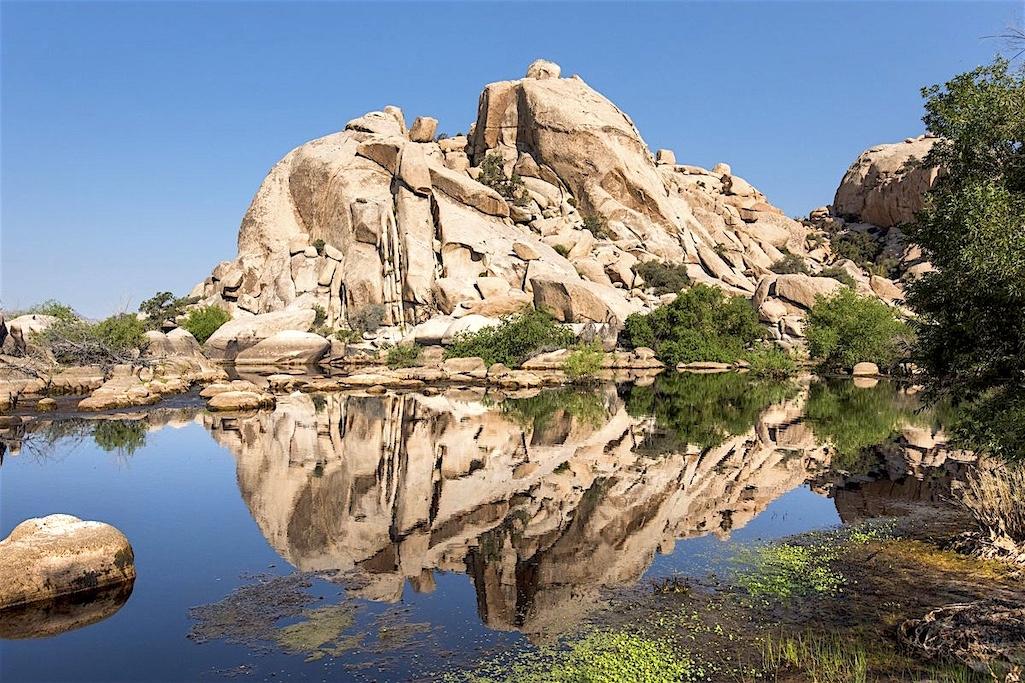
Spring months will be busy at Joshua Tree National Park; see if you can find a new secret place there/NPS file
March and April are traditionally the busiest months of the year at Joshua Tree National Park in California. The park expects high visitation this coming spring based on recent trends.
A typical spring day includes limited parking, full campgrounds, and lines to get into the park. While no day is exactly the same, the three best ways to prepare for any day visiting Joshua Tree are:
- Plan mid-week trips — Joshua Tree is busiest on weekends and holidays, which can mean significant traffic congestion.
- Buy a digital pass — Buy your pass ahead of time by logging onto www.recreation.gov. This pass can provide a smoother, quicker entry into the park.
- Arrive before 10 a.m. — Avoid entering the park between 10 a.m. and 2 p.m. and avoid exiting the park around sunset.
Other tips to prepare for your park visit:
- Download the official National Park Service app before your visit. Search for National Park Service and select Joshua Tree once downloaded. Choose the tab that allows you to “Download for offline use”. This will give you access to information about Joshua Tree beforehand and allows use in the park where there is no internet or cell reception.
Visit responsibly and leave no trace.
- Consider a night visit and enjoy cooler temperatures and beautiful dark skies.
- Remember to respect the park’s wildflowers by taking only photos. Please walk on designated trails and never crush vegetation to protect future blooms for years to come.
- Be considerate of any park wildlife you encounter and provide them with adequate space. Please do not feed any park wildlife.
- The park may become drive-through only as the parking lots reach maximum capacity during times of extreme visitation. Visitors may be turned away from popular parking areas.
- Be flexible with plans. The best hike for you may be one where parking is available. Hike smart!
- Vault toilets are available inside the park, but food and water are not. Bring all the food and water you need for your visit.
- Visitors can park along many, but not all, roadsides. Never drive over a curb or onto vegetation to make a new parking space. Be mindful of curbs painted red.
- Make a reservation at www.recreation.gov for one of the 350 reservable campsites in the park. If there are no reservation sites available, there likely will not be first-come, first-served sites available when you arrive. Look to one of the private campgrounds adjacent to the park.
- Many campgrounds intersect with hiking trails. Campers can choose to hike trails that are close to or even connect to their campground to avoid busy parking lots.
- Find a new favorite spot to explore in the park. There is no one best campsite, trail, or sunset spot.


